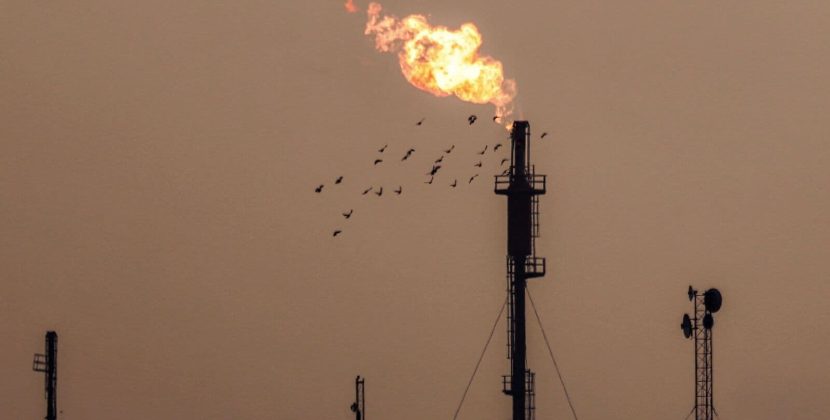
The second half of the southwest monsoon season is expected to deliver above-normal rainfall exceeding 106% of the long-period average across the country from August to September, the India Meteorological Department announced in a forecast on Thursday.
Most parts of India are likely to receive normal to above-normal rainfall during this period, except northeastern and adjoining eastern regions, some isolated areas of central India, and southwestern parts of peninsular India, where below-normal precipitation is expected.
“For the past five years from 2021 to 2025, rainfall has been below normal over east and northeast India. In fact, for the past couple of decades we can see a declining trend in rainfall over the region,” said M Mohapatra, director general of the IMD.
The long-period average for the August-September period, based on historical data from 1971 to 2020, stands at 422.8mm.
For August specifically, countrywide rainfall is likely to remain within the normal range of 94% to 106% of the long-period average. In this period, many parts of central India, western peninsular regions, northeast India, and some areas of eastern and northwestern India are expected to experience below-normal rainfall.
Temperature patterns in August will see day temperatures remaining normal to below normal across many regions, except in northeast India and parts of the northwest, east, and southern peninsula, where above-normal temperatures are likely.
Night temperatures are expected to stay normal to above normal over most areas, though some parts of northwest India may experience below-normal minimum temperatures.
July proved an active month for monsoon activity, with the country recording 4.8% excess rainfall during the month. Regional performance varied significantly, with northwest India receiving 12.2% excess rainfall and central India recording 21.9% excess. However, east and northeast India faced a 26.4% deficiency, while South Peninsular India recorded a 2% shortfall.
July’s monsoon activity was particularly intense, with 193 meteorological stations recording extremely heavy rainfall exceeding 20cm, and 624 stations reporting very heavy rainfall between 11.56cm and 20.45cm. The month also recorded the ninth-highest night temperatures countrywide, while east and northeast India experienced their fourth-warmest July since 1901.
Several factors contributed to July’s robust rainfall performance, including neutral ENSO conditions and the formation of six low-pressure systems, four of which intensified into depressions—systems that continue to influence current weather patterns across northern and central India.
The cumulative monsoon performance from June 1 to July 31 shows 6.4% excess rainfall nationally, but regional disparities persist. Northwest India has recorded 21.1% excess rainfall, while central India shows 22.9% excess. Conversely, east and northeast India face a 22% deficiency, and South Peninsular India has a 2.3% shortfall. East and northeast India’s rainfall was the seventh lowest since 1901 and fourth lowest since 2001, continuing a concerning trend.
The forecast for August and September comes against the backdrop of neutral El Niño-Southern Oscillation conditions prevailing over the equatorial Pacific region. The latest Monsoon Mission Climate Forecast System and other climate models indicate these neutral conditions will likely continue through the remaining monsoon period. Similarly, current neutral Indian Ocean Dipole conditions are expected to transition into weak negative conditions by the end of the monsoon season.
El Niño events typically suppress rainfall by weakening monsoon winds and reducing moisture transport from the oceans. Conversely, La Niña conditions generally enhance monsoon activity by strengthening the pressure gradient that drives monsoon circulation. Neutral ENSO conditions, as currently prevailing, provide a favourable environment for normal monsoon performance, allowing regional weather systems to operate without large-scale interference from Pacific Ocean temperature anomalies.
In what could be key for weather monitoring, the IMD announced the launch of block-level rainfall monitoring covering 7,200 administrative blocks nationwide. This represents a tenfold increase in spatial resolution compared to existing systems and will enhance data granularity for applications in agriculture, disaster management, water resource management, and model validation.
“Earlier we used to provide district-level rainfall data, but now we will provide block-level rainfall monitoring also,” Mohapatra explained. The enhanced monitoring capability is supported by a substantial increase in rain gauges, from 3,980 in 2015 to 6,727 in 2025.











